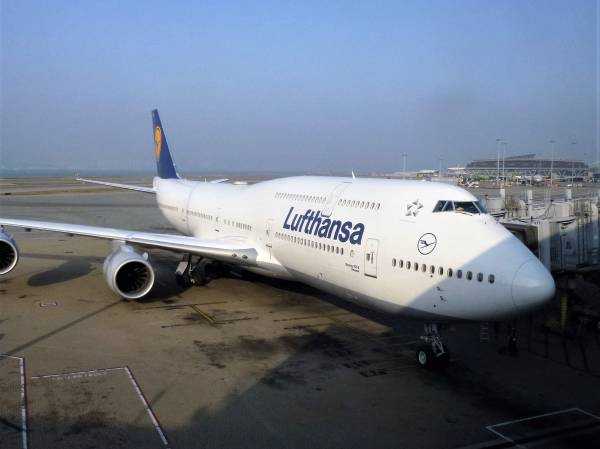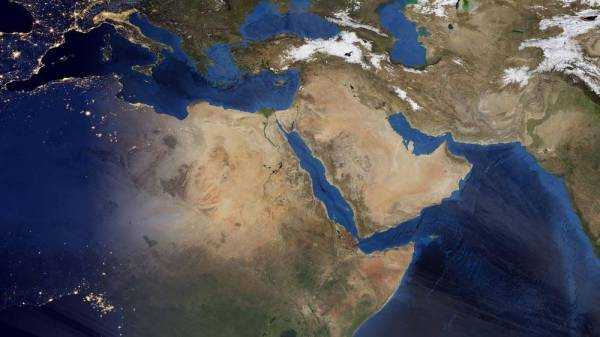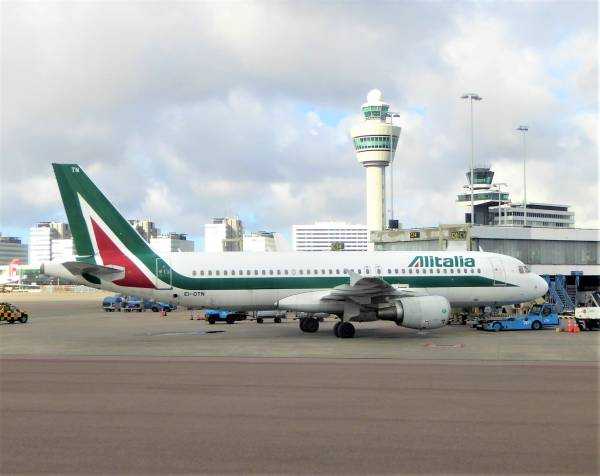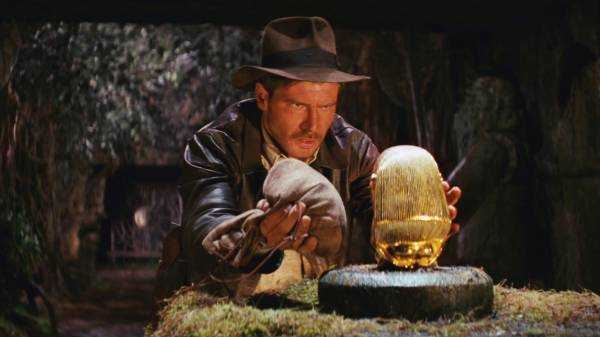
Walking the streets of Old Havana is a pleasure. Spectacular palaces, Spanish colonial mansions, luxurious American cars from the gangster era…
I was staying in a hotel near the Havana Capitol, so our walk will start here. The Cuban Parliament building was built in 1929 and served until 1959, before the Cuban Revolution. A stunning palace, reminiscent of the US Congress building in Washington.

At the same time, the Cubans are in a hurry to emphasize that their capitol is higher than the American one by so many centimeters... ) Today, there is a full program of repairs here, and the building is unfortunately closed to visitors. In general, many objects in Havana are being repaired today and put in order, and this is, of course, great!
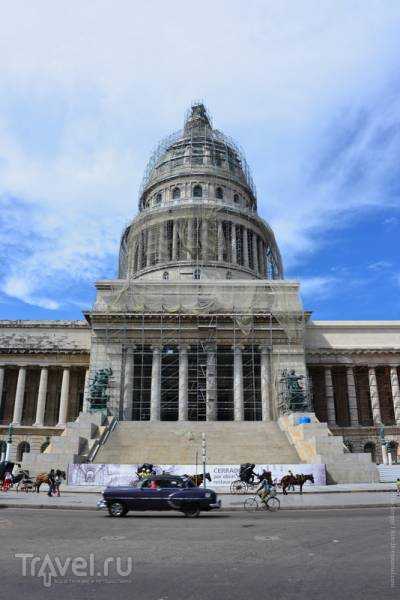
For example, the neighboring Bolshoi Theater. The modern building was erected here in 1915, on the site of an older one, founded back in 1838.
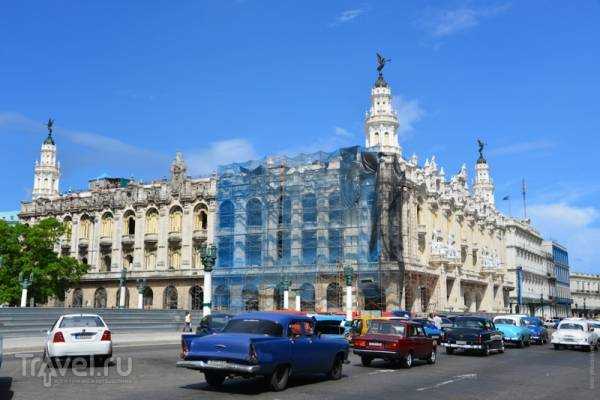
Opposite the theatre there is a small Central Park, opened in 1877. Once upon a time here in Cuba the first electric street lights were lit (1899). And in 1905 a monument to the national hero of Cuba, the fighter for independence, the poet Jose Marti was erected.
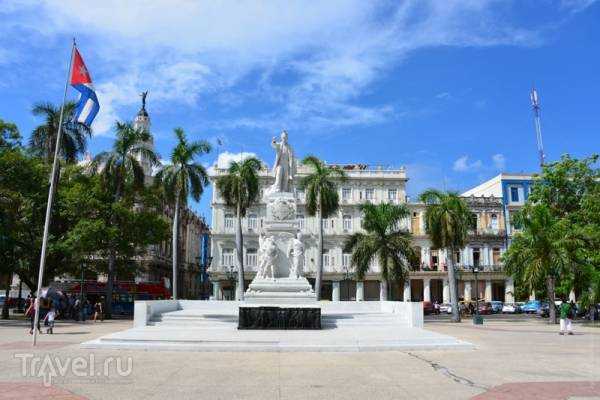
Around the park, waiting for tourists, there are foreign currency convertibles... And workhorses, sixes, fives, fours...
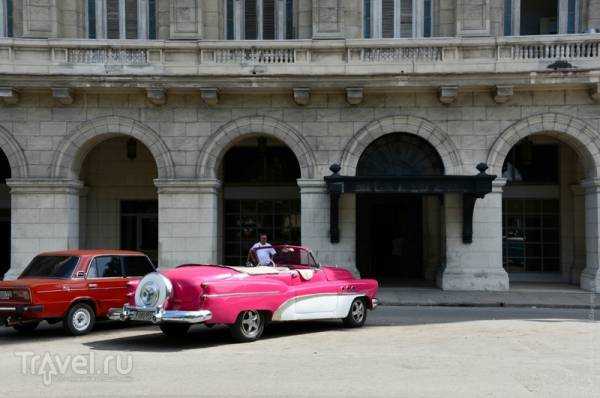
Older American cars are simpler, used in street transport, as regular taxis. However, a more appropriate definition is minibuses.
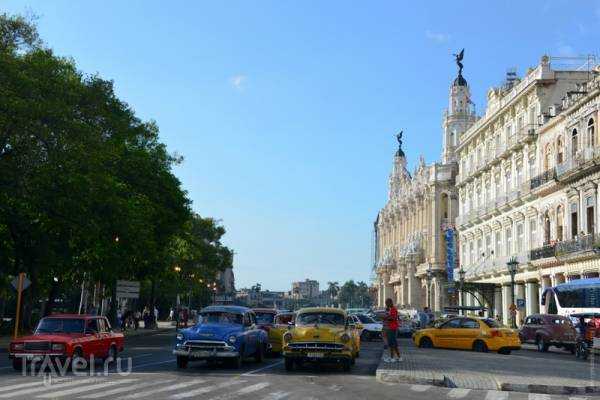
José Martí (there are plenty of monuments to the national hero in Havana), opens onto the beautiful Paseo del Prado boulevard, opened here in the 1770s. At that time, it was a popular place for horseback riding for the aristocracy. The boulevard is truly conducive to leisurely strolls. Here, artists exhibit their own or other people's paintings, a variety of souvenirs are sold, and from everywhere you can hear: Hello! Where are you from? )

The buildings on the boulevard are built in the old Spanish style, with covered colonnades and passages that provide protection from rain and heat.
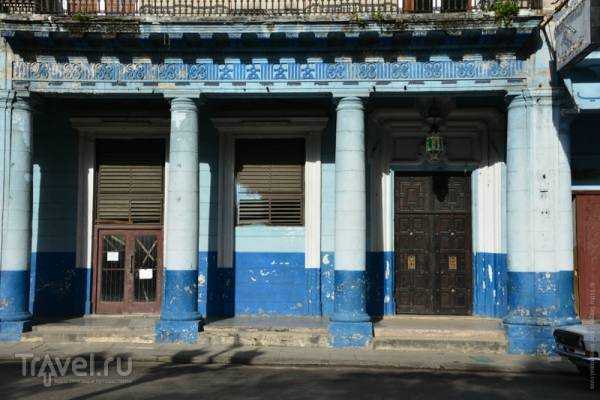
Of course, most of these buildings look pretty sad.
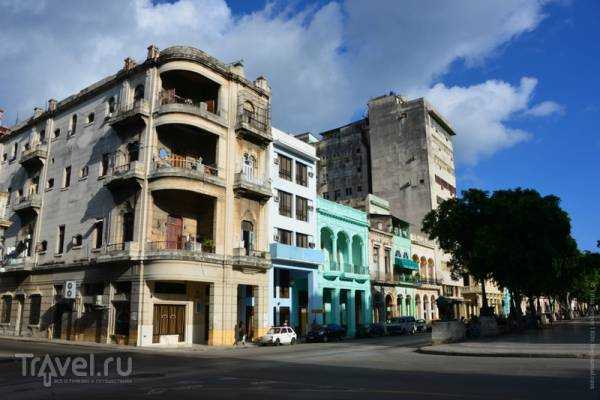
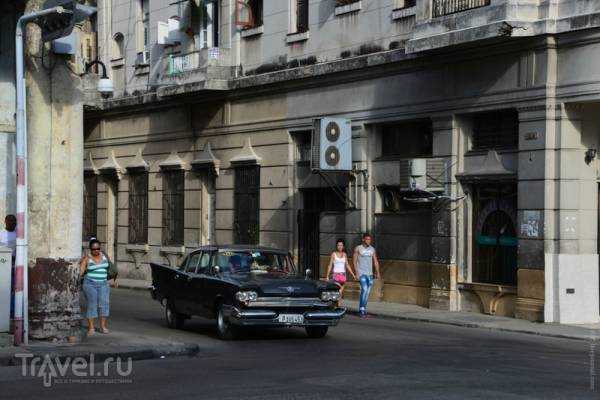
The boulevard leads directly to the Malecon embankment, from where it is so wonderful to watch the ocean while sitting on a rock.
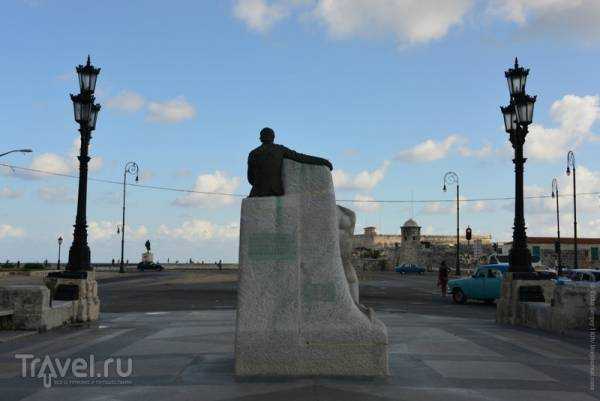
Yes, the reverse view is a bit confusing, but also pleasing at the same time.
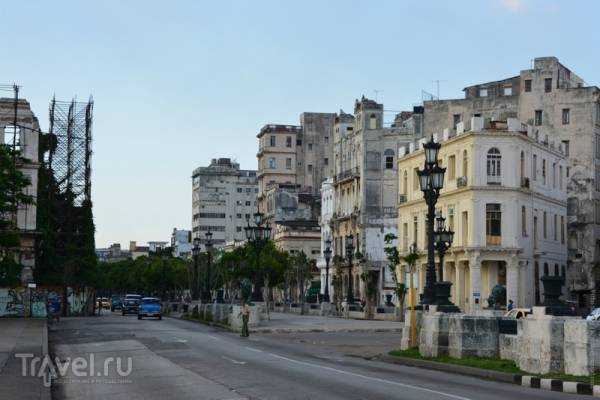
The character on the stone is the Cuban poet Juan Zenea, who took an active part in the struggle for Cuba's independence from the Spanish, for which he paid in 1871.
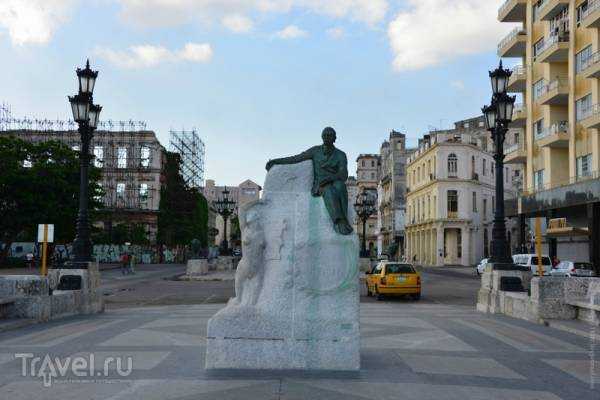
The architecture here is diverse and unique. There is no time for the eyes to rest.
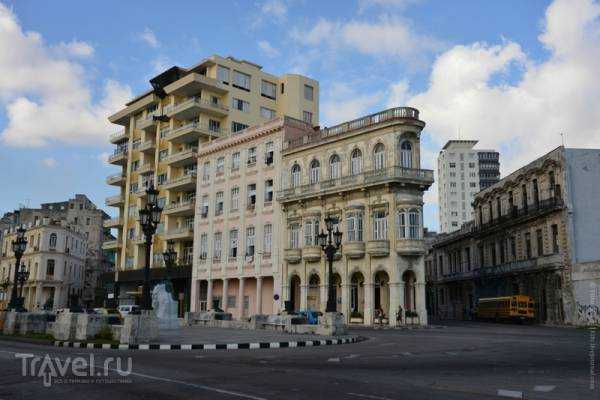
Havana was founded by Spanish settlers in 1515. Before the Spaniards, Indians lived here freely, but in the following centuries they were almost completely destroyed, either by the Spaniards or by disease and hunger. The Spaniards came here thoroughly and for a long time. First of all, they built up the entrance to the Havana Bay - convenient for ships - with two outstanding fortresses: San Salvador de La Punta (1582),
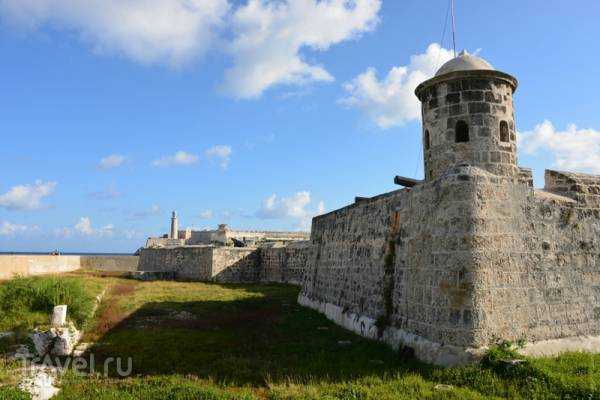
and El Morro (1589-1630) on the other side of the harbor. In the first case, on the site of a dense forest, in the second on a rocky outcrop. Thus, the stronghold of Spanish rule in Cuba, as well as the main transshipment base for gold plundered in both Americas, remained impregnable until the end of the 19th century, with a short break in 1762, when the British fleet briefly conquered Havana.
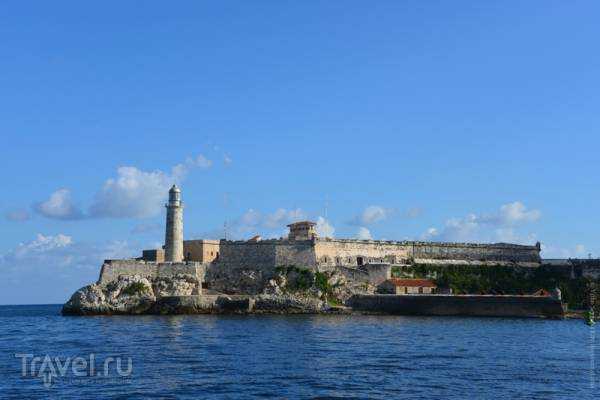
Cuba's independence in 1902, now from both the Spanish and the Americans, contributed to Havana's rapid growth, especially during the Machado presidency (1925-1933). He pursued pro-American policies, so during this period the city acquired recognizable American features in its architecture and infrastructure.
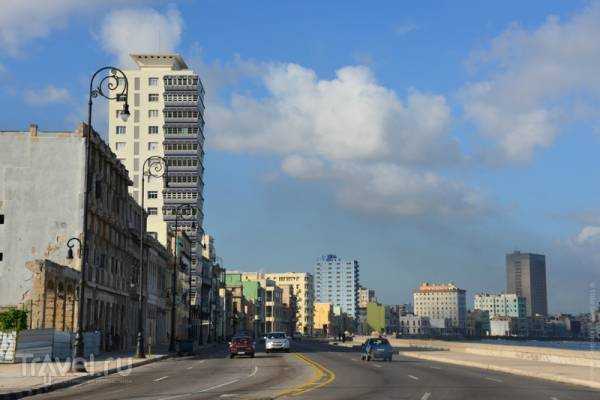
Until the revolution of 1959, Havana was actively built up and rebuilt...

A little away from the fortresses, in a beautiful square, there is a monument to General Maximo Gomez, one of the fighters for Cuban independence, a comrade of Jose Marti. And the building on the right, by the way, is the Spanish embassy.
Behind the monument, a beautiful alley leads to the Presidential Palace, the residence of all Cuban leaders from 1920 to 1959. Now it is the building of the Museum of the Revolution.
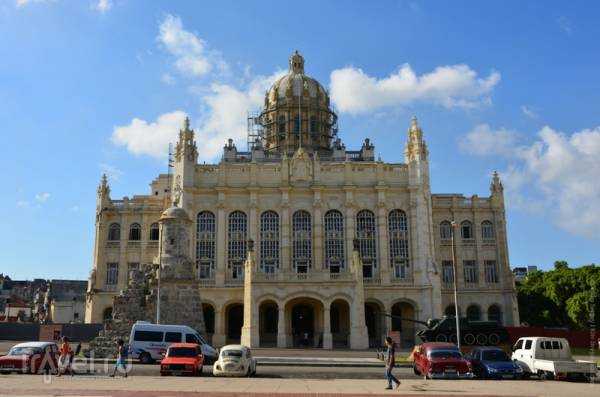
Opposite the museum are the remains of the city wall with the Baluarte de Angel watchtower
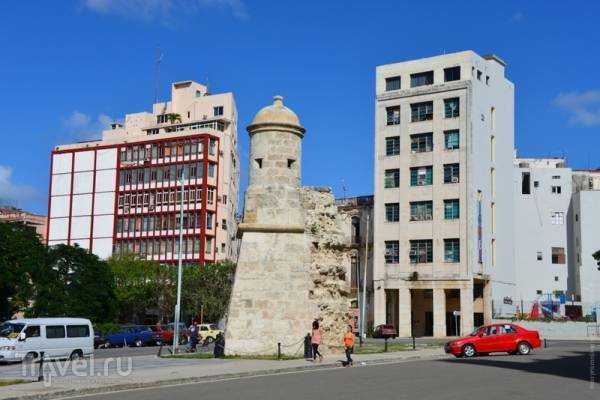
The collection of the Museum of the Revolution has long since expanded beyond the historic building. Right behind it, in a permanent parking lot right on the street, there is various military equipment from the time of the revolution, the center of which is a pavilion with the legendary yacht "Granma". On it, designed for 12 people, in December 1956, 84 revolutionaries sailed from Mexico to the island of freedom, among them Fidel and Raul Castro, Che Guevara and others. I can imagine this picture... )

Nearby is the new building of the National Museum of Art (on the right)
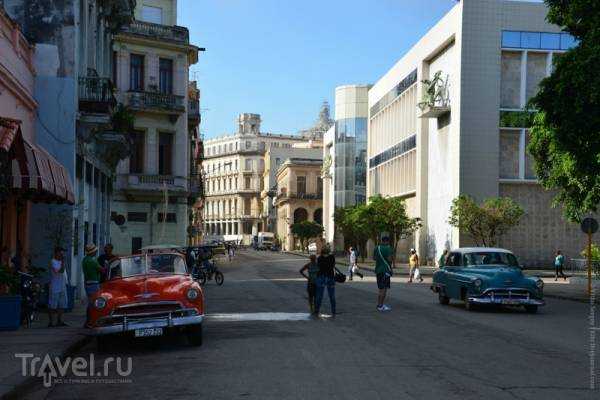
What's great about Havana is that there are so many real museum exhibits driving around the streets that you don't even have to go to the museum (a joke that makes sense).

I decide to go deeper into the old city.
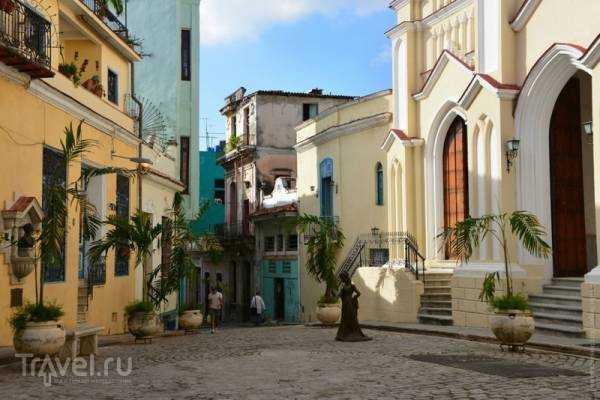
Incredible sensations. Here life is in full swing with its everyday life.
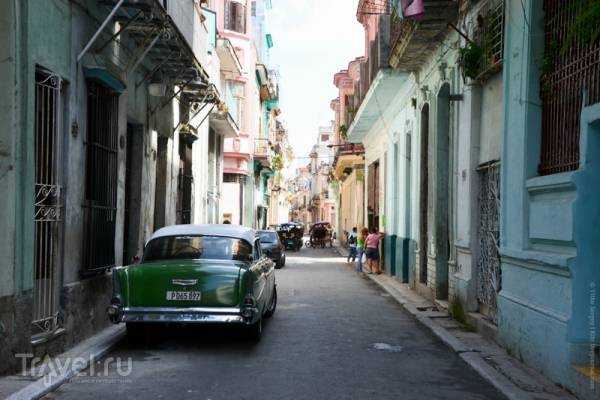
So far and at the same time so close...)
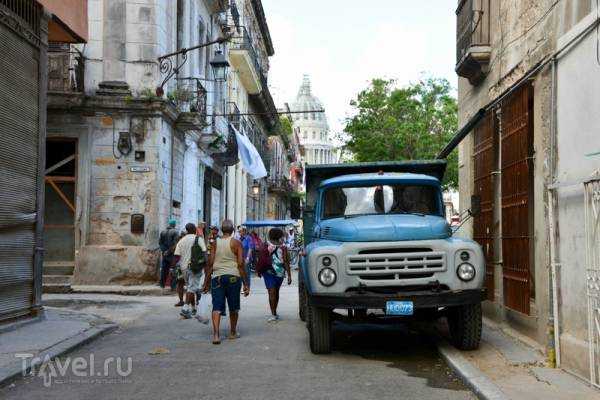
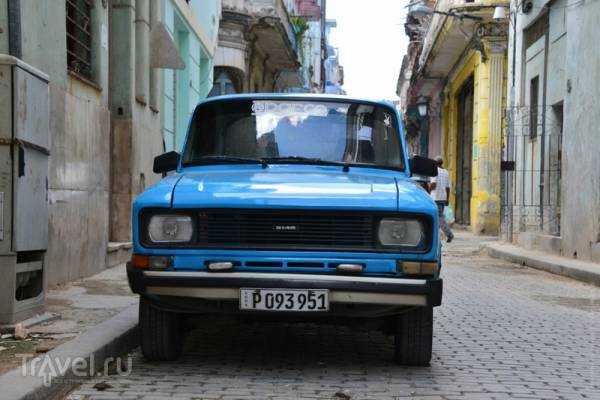
After wandering aimlessly through the streets and alleys of Old Havana, I come to the right tourist path,
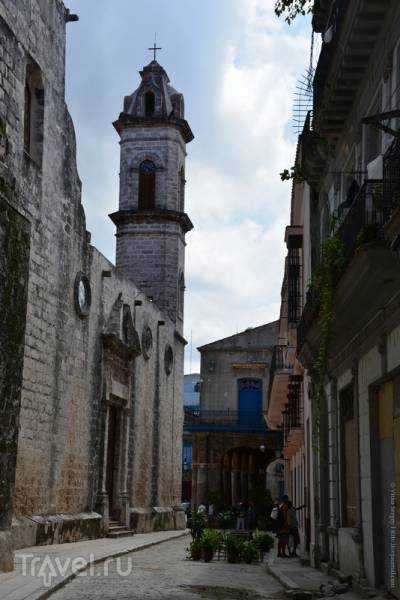
to Cathedral Square. Founded in 1578, it attracts my attention with the beautiful Cathedral of St. Christopher, built in the period 1748-1777. The remains of Christopher Columbus were kept here for many years.
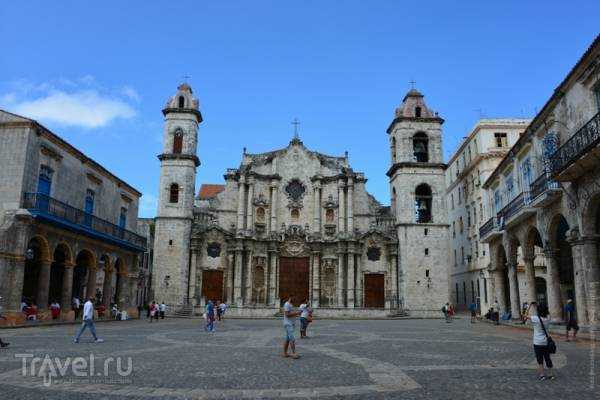
Nearby is the palace of the Marquis de Agua Clara. The building was constructed in the 18th century as the Marquis's residence. At the beginning of the 20th century, it housed the then famous restaurant "Paris", and later a bank office.
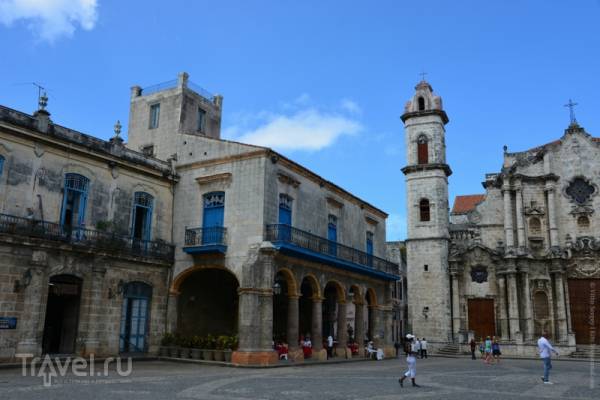
Today – Spanish restaurant El Patio.
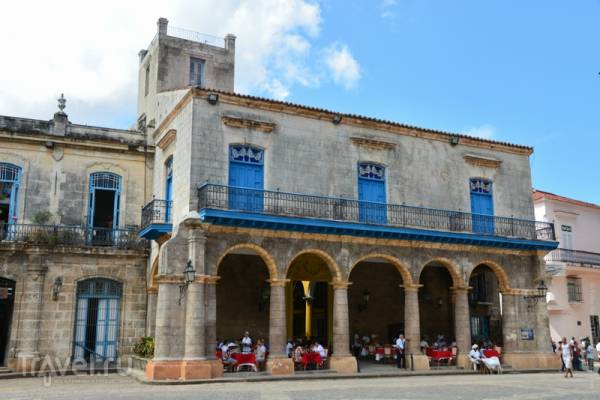
The Cathedral Square is a unique and interesting place. You just have to step aside, lean against a column, like Antonio Gades, the Spanish actor and master of flamenco dance, and watch the passers-by.
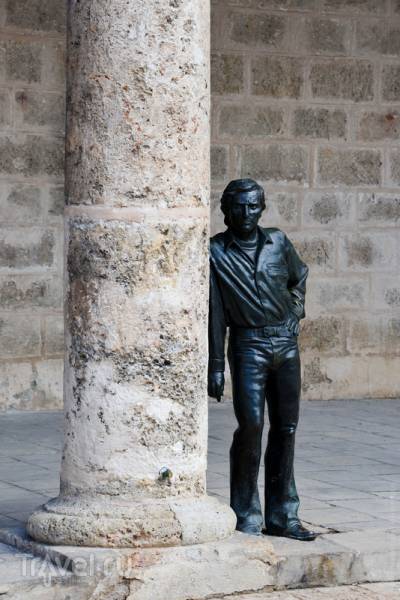
Here is a young Cuban, a barker at the El Patio restaurant, looking at passers-by, guessing in their faces the language in which to address tourists. Often you hear "good day"... )
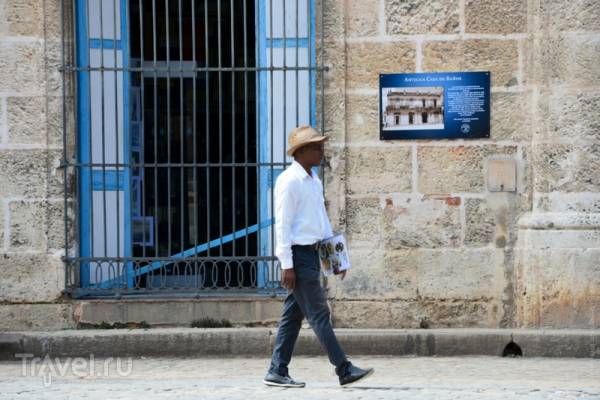
A hip artist sells his modest paintings in Cathedral Square. But are they his own?
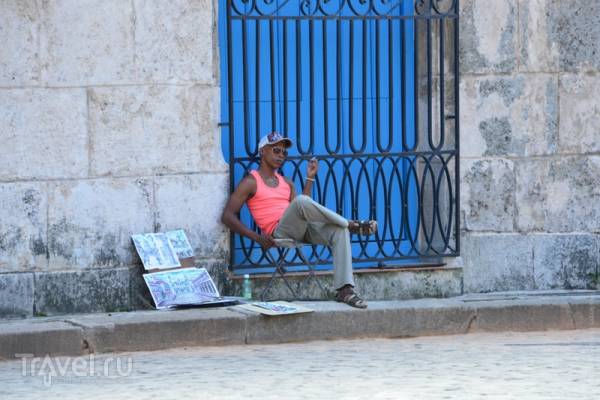
And so we all together watch the tourists: Some for food; Some out of curiosity; Some want to get involved in history, and some just have such a job….
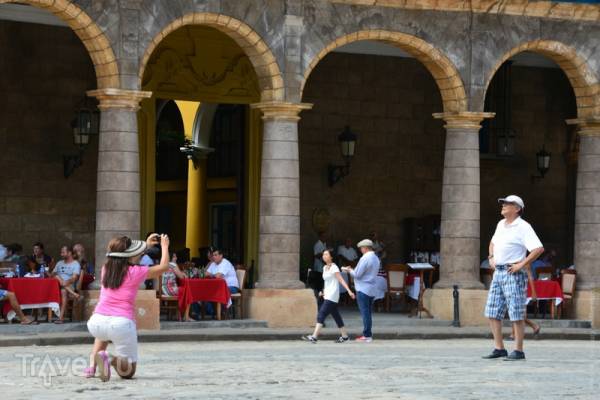
Beautiful cathedral. Too bad it was closed to the public. I assume it opens at certain hours?
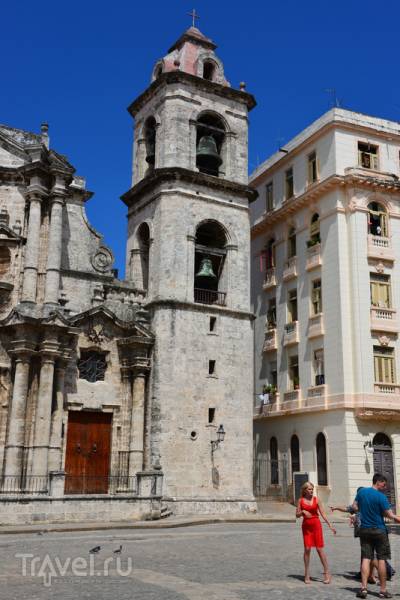
The street takes me along Hemingway's paths (the writer loved these streets, he lived here),
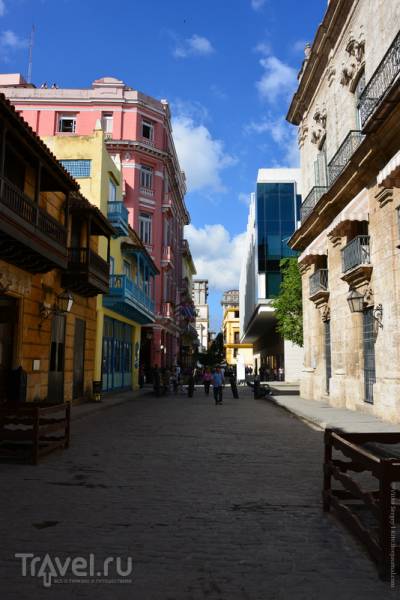
to the main historical square of Old Havana – Plaza de Armas. This is a square square that served in its original purpose as a training ground for the Spanish army, hence the name – Plaza de Armas. It is considered to be the oldest square in Havana. In the center stands a monument to the "father of the nation" Carlos Manuel de Cespandes - This is another fighter for Cuban independence.

The El Templete Chapel (1828) was built presumably on the very spot where Havana was founded. And it is customary to walk around the "sacred tree" ceiba, touch it and make a wish... They say it comes true only once a year - on the day of St. Christopher, the patron saint of Havana. By the way, in 2014 you can still make it by November 15. )
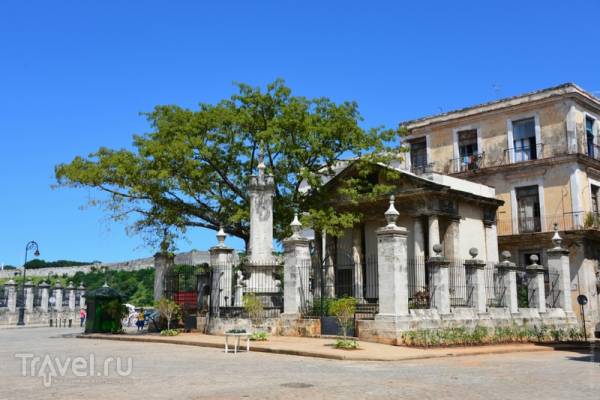
There is a book market in the square, as far as I understand, it is not only aimed at tourists, many interesting-looking old editions are sold here, but unfortunately for me in Spanish, which I don’t know... I love places like this.
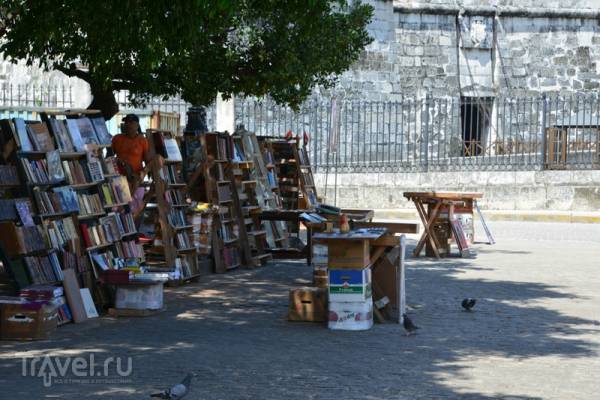
The courtyards of the Plaza de Armas lead me to the waterfront of Havana Bay.
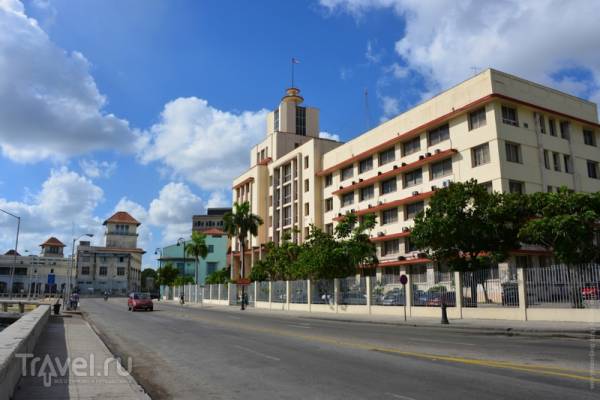
There is nothing more pleasant to cross the streets and avenues of the Cuban capital. There are probably never any traffic jams here! )

I choose a nice direction and move on...
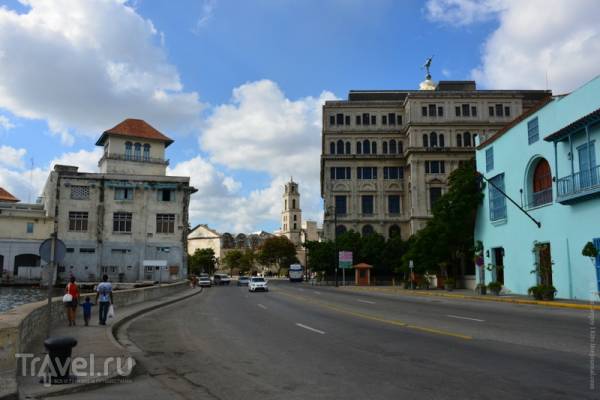
And then there will be San Francisco Square, the Stock Exchange building, the Russian Orthodox Church Cathedral, and the vast expanses of the Havana Bay. But more on that tomorrow.)
Source: travel.ru




